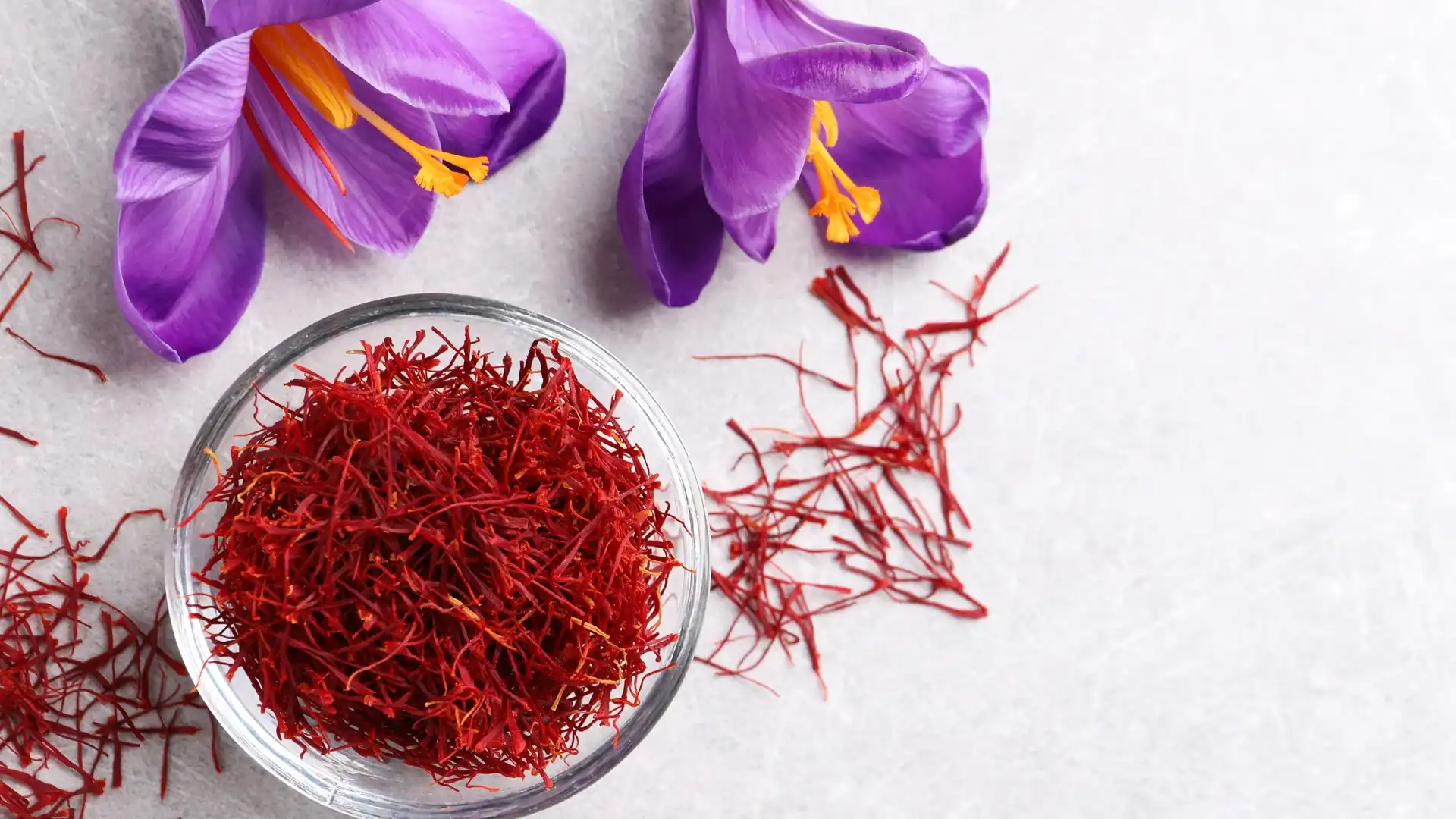Let yourselves delve into the legacy of saffron production in Morocco, a story that weaves together tradition, geography, and cultural significance. Taliouine, nestled in the Sirwa Mountains between Ouarzazate and Agadir, is the homeland of saffron in Morocco.
At an altitude of 1586 meters, its distinct weather patterns and mineral-rich soil create an ideal environment for cultivating this precious spice. Saffron, known as the “red gold,” is the most expensive spice globally, and Taliouine’s saffron harvest is a moment of prosperity in the agricultural calendar.
Farmers, devoted to preserving saffron cultivation heritage, emphasize sustainable practices like organic farming and responsible water management. Quality, assessed through physicochemical analyses, ensures that Moroccan saffron maintains its reputation as an excellent product.
Explore the legacy of saffron, its vibrant color, delicate aroma, and centuries-old tradition in the terraced fields of Taliouine. Morocco’s saffron not only graces culinary delights but also symbolizes cultural pride and economic resilience.
As the delicate threads are hand-harvested, dried, and meticulously packaged, they carry the essence of Moroccan heritage. Saffron stars in traditional dishes like tagines, couscous, and pastries, infusing them with its golden hue and distinct flavor. Beyond the kitchen, saffron has significance in Moroccan culture, believed to offer health benefits and symbolic meaning. It is a thread connecting generations, linking the sun-drenched fields of Taliouine to tables worldwide
tales.





